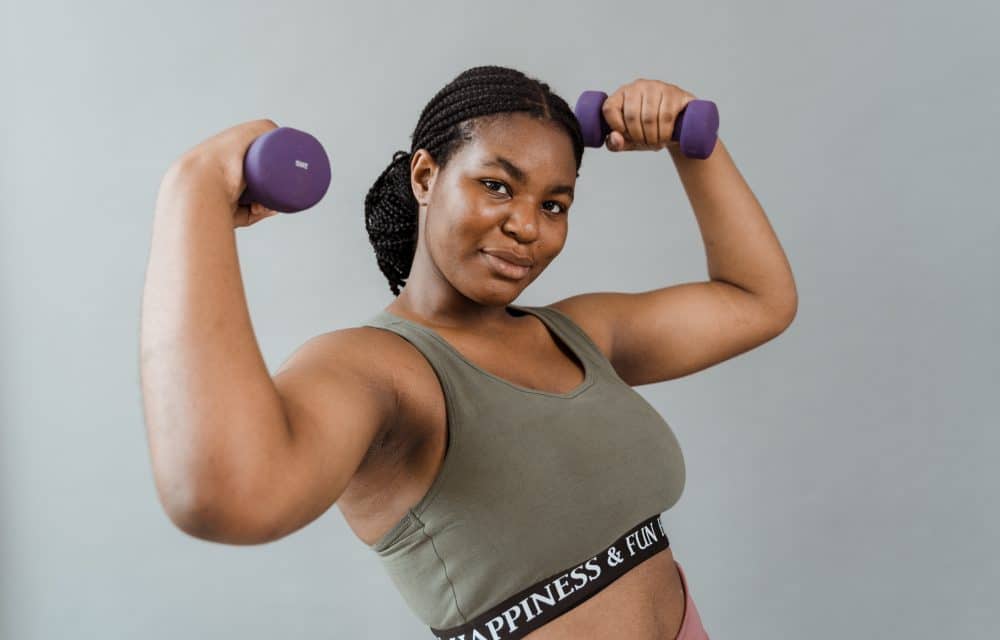Healthy Snacks On-the-Go
It’s difficult to fit in nutritious meals and eat healthy snacks when you’re busy. You have to be more prepared than people who have more time. Having on-the-go snacks available helps. Most people think snacks aren’t necessary, but that’s not true. They’re beneficial if you want to lose weight or need a pick-me-up. Eating a healthy snack can help you avoid tempting, unhealthy ones or overeating at the next meal. It’s even more critical if you have children. They should be lower in calories and high in nutrition.
Having healthy snacks available means you don’t need to buy from a candy machine or convenience store.
Whether you’re at the office or driving, sometimes you need a boost. You may have missed a meal because your day is so busy, so snacking may be a necessity. Having fresh fruit like oranges or apples available can keep you going. One option is a small bag of homemade trail mix with nuts, dried fruit, and popcorn or dark chocolate bits. Individual serving sizes of nuts in plastic baggies can feel like a lifesaver when you’re famished.
If you’re at the office, keeping a healthy snack in the refrigerator or at your desk boosts your energy.
Keep a bowl of cut fruit, string cheese, or plain Greek yogurt in the fridge at work. If you want a sweet treat, don’t get yogurt with fruit. Instead, opt for a container of Greek yogurt and mix in fresh berries. Yogurt with fruit added in the stores has far too much sugar to be healthy.
Are you grocery shopping? Eat before you go or have a snack ready.
It’s far too easy to fill your cart with cookies, chips, and other junk food when you’re hungry. If you have the kids with you, it’s even worse. A few groceries offer one free piece of fruit for children but don’t depend on it. Not many do, so you have to be prepared. Have grapes in the refrigerator ready to eat or bananas dipped in chocolate in the freezer. Nut butter on an apple provides carbs and protein to keep you or the kids going longer.
- If you’re on the road a lot, keeping a small cooler of snacks can be beneficial. You can store hard-boiled eggs, raw veggies with dip, or lidded cups of berries, melon, or tropical fruit.
- A healthy snack at home can be cottage cheese and applesauce, apple slices or celery with cheese, or a bowl of cubed watermelon or cantaloupe. If the fruit or vegetable is cut and ready to eat, you’ll be more likely to choose it.
- Air-popped popcorn with seasoning is another low-calorie snack that will fill that empty spot in your belly. All types of seasonings are available, including nacho cheese, garlic, and bacon cheddar.
- Make your healthy snack. Freeze fruit and juice, water, or yogurt in an ice pop mold or Zipsicle pouches for a cool treat in the summer. Make banana ice cream from blended frozen banana rounds.
For more information, contact us today at Body Sculptors Personal Training









